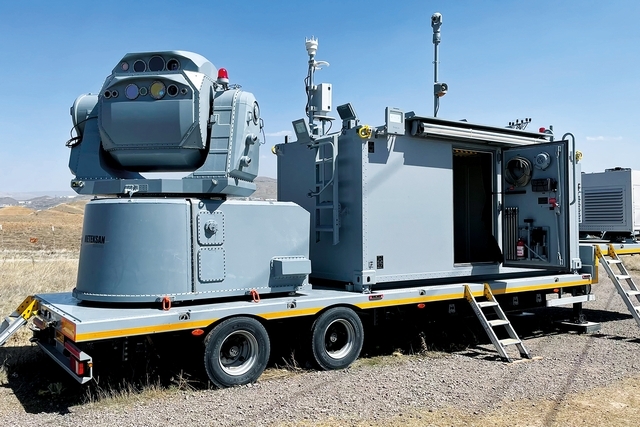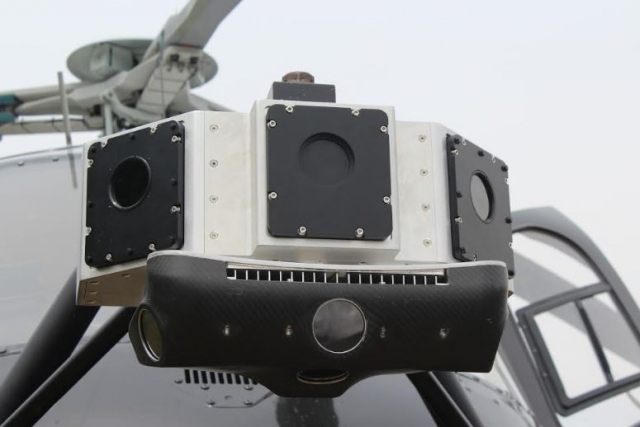New Russian Infra-Red Surveillance Camera Can See Objects 20Km Away

Ruselectronics Holding, a subsidiary of Rostec, has successfully crafted prototypes of an infrared television camera with the remarkable capability of detecting objects positioned up to 20 kilometers away.
These cutting-edge devices belong to a series of television cameras conceived by the Central Research Institute "Electron," a part of Ruselectronics, designed specifically for functioning in scenarios marked by low visibility conditions. These versatile camera variations can be effectively deployed in unmanned aerial vehicles, ground-based surveillance systems, and as integral components of onboard surveillance and tracking systems in diverse aircraft, such as during rescue missions.
Operating within the near-infrared spectrum, spanning 0.95 to 1.65 microns, this camera can seamlessly synchronize with laser illumination. It functions by capturing photons reflected from identified objects using a specialized television sensor enclosed in a sealed housing. Inside this housing resides a radiation-sensitive photocathode and an electron-sensitive matrix within a vacuum, an ingenious innovation developed by the experts at the Central Research Institute "Electron." This innovation significantly reduces the impact of noise interference while enhancing the camera's resolution.
The device primarily records the laser illumination it receives at specific intervals, effectively suppressing the foreground and background in the frame. When laser illumination is employed, this equipment can detect objects up to a distance of 20 kilometers, producing high-resolution images even in complete darkness or adverse conditions like fog, rain, or dust storms.
Alexey Vyaznikov, the General Director of the Central Research Institute "Electron," highlighted the consistent demand for near-infrared cameras among both military and civilian customers. Such devices prove indispensable in a wide range of applications, including locating individuals in water during rescue operations. A Short-Wave Infrared (SWIR) camera, when employed at night, offers significantly clearer object observation than devices operating within the visible spectral range. Furthermore, when laser illumination is utilized, the object detection range of this developed camera surpasses that of mid- and long-wave range systems by a notable margin, effectively extending its "sight" and detection capabilities.
The Central Research Institute "Electron" stands as Russia's premier entity engaged in the development and manufacturing of photoelectronic devices, apparatuses, and cameras.











